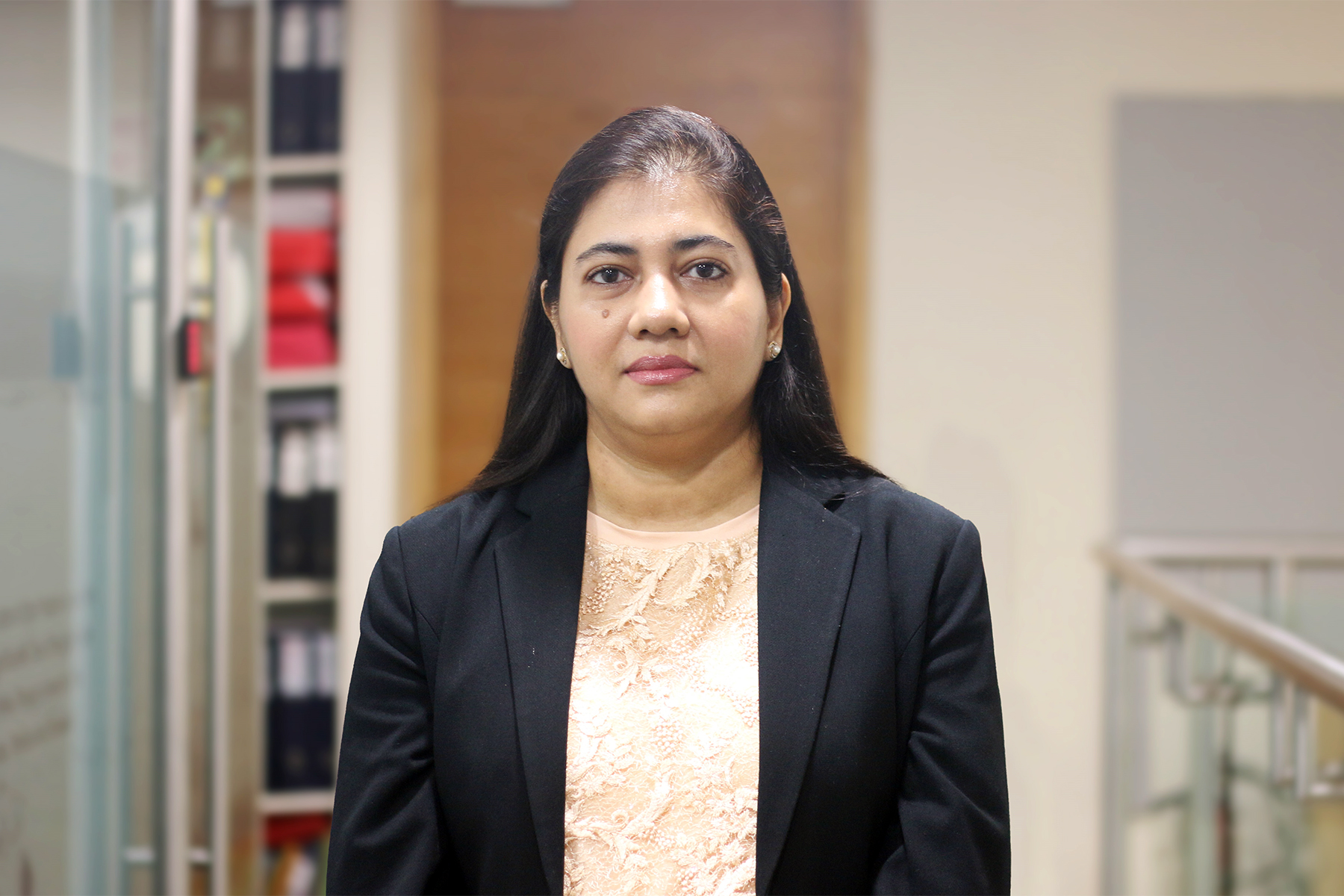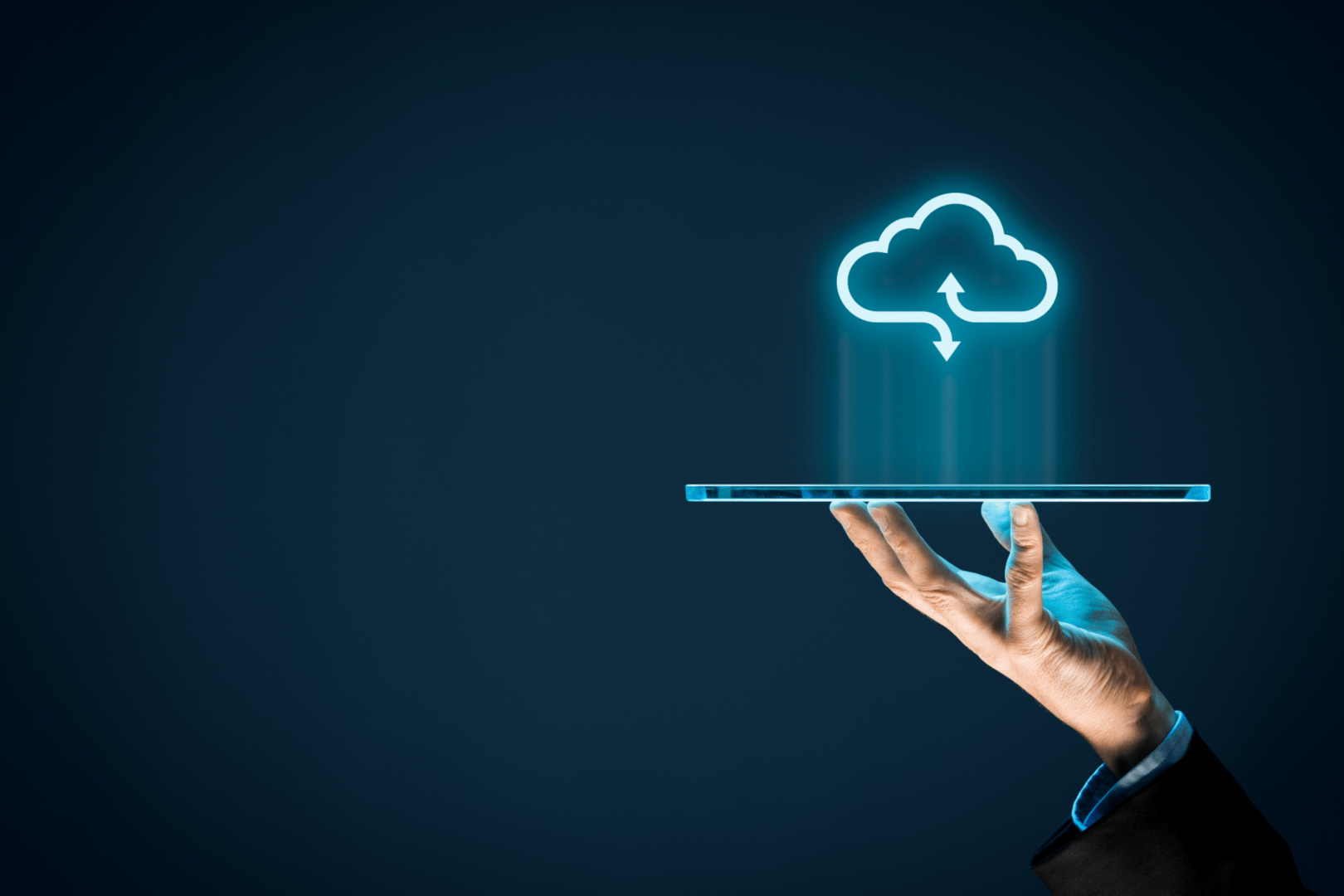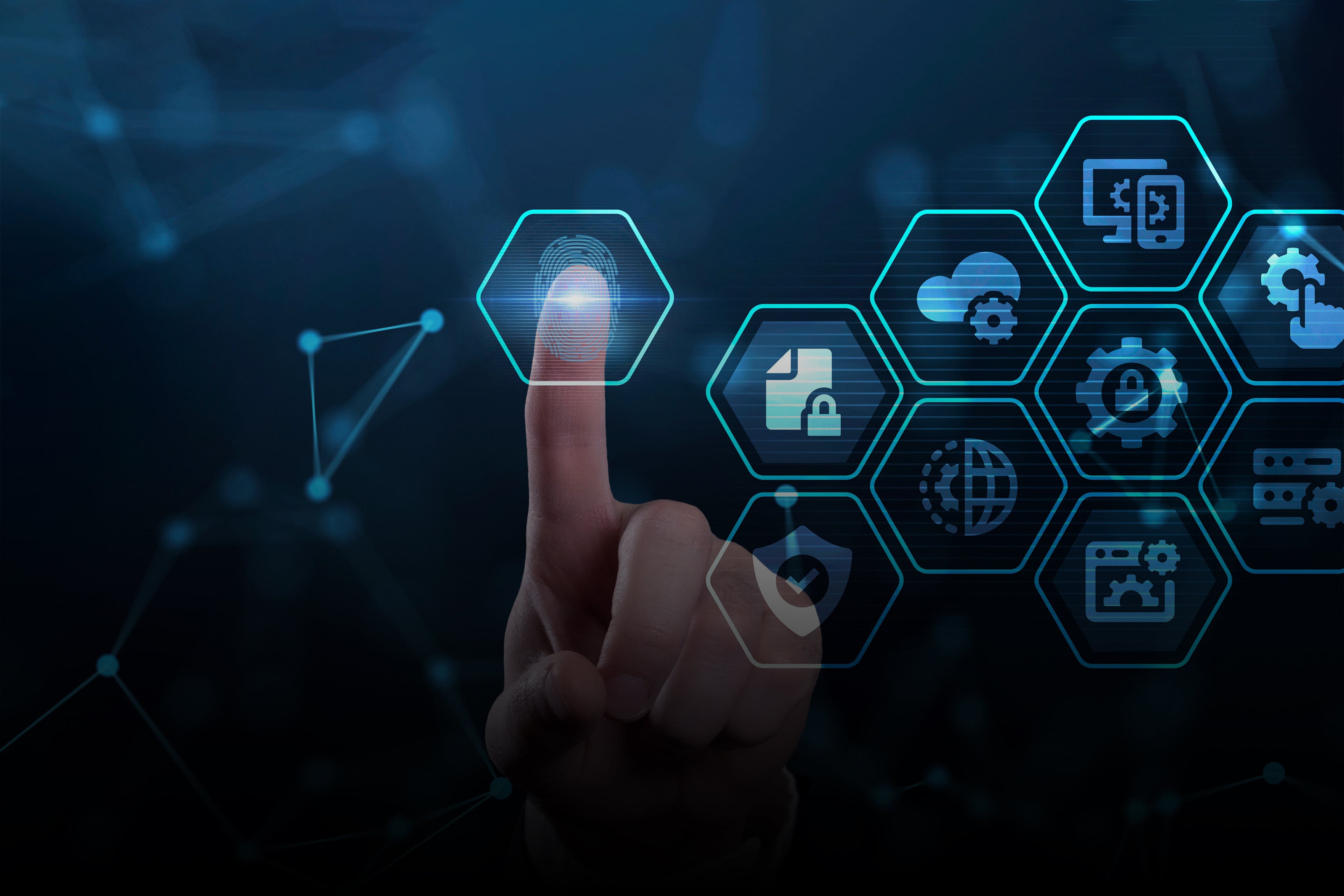Telemedicine and AI
The severe constraints in access to healthcare facilities and professionals triggered by COVID-19 witnessed much needed respite when the union government issued guidelines in March 2020, allowing remote consulting over A/V and text-based platforms. While teleconsultations had commenced in India well before the pandemic, the government impetus led to much wider adoption of this channel for patient connect across different ecosystem players.
While there was a significant surge in teleconsultation appointments during the peak of COVID-19 in 2020 and 2021, the number of daily consults has currently stabilized, albeit at five to six times higher than the pre-pandemic levels. It is estimated that approximately 1.5 to 2 lakhs teleconsultation appointments are conducted on a daily basis in India, of which close to 50% is currently represented by eSanjeevani. While teleconsultations have grown in India in comparison to pre-pandemic levels, its penetration is a meager 0.5% of total consult volumes in the country. Given that more than 50% of Indians are smart phone users, 60% are internet users, and 50% are 4G subscribers, there definitely exists potential for increased penetration of teleconsultation-led doctor appointments. The ramp up of the government led eSanjeevani platform is testimony to that. Further, with 5G technology around the corner, virtual experiences are expected to improve significantly, driving even faster adoption.
In an aspiration to transform into comprehensive digitally enabled primary healthcare providers, teleconsult platform players are now expanding their services to also include online diagnostics, online pharmacy, and electronic health record services. With the expanded basket of offerings, digital players are transforming themselves into omni-channel platforms, garnering a higher share of wallet from patients and also enhancing their stickiness/preference by serving as a one-stop solution.
Overall, both physicians and patients are more confident in using digital services, but the government needs to strengthen its policy support format. While the government had earlier given a broad set of approvals for telemedicine practice, the National Accreditation Board for Hospitals and Healthcare Providers (NABH) has initiated work on Digital Health Standards for accreditation of Telehealth providers.
In the endeavor to provide access to quality diagnosis and treatment options at the right cost, AI-powered technology interventions have witnessed progress and early success. There are AI-enabled handheld and point of care breast cancer and cervical cancer screening devices, imaging-based AI algorithms that help in faster screening of abnormalities, AI-based digital pathology specially in complex departments such as hematology and histopathology, and AI-based speech to text technology for faster creation of patient medical records. The role of AI has expanded well in the field of healthcare and various pilots and proof-of-concept studies are constantly being undertaken. We do see the emergence of partnerships currently as well as in the future between various ecosystem players including governments, private/trust-based healthcare providers, insurance companies and health tech players to leverage AI-powered technologies for improved access, enhanced quality, and reduced cost of care.








